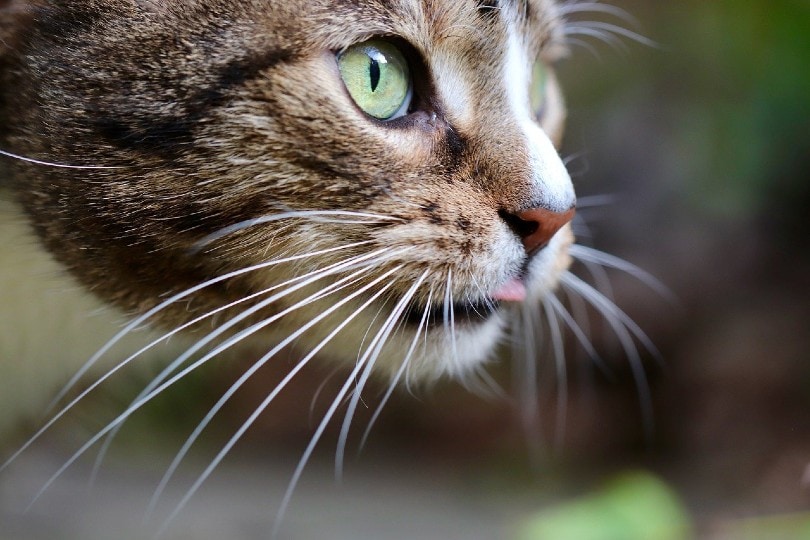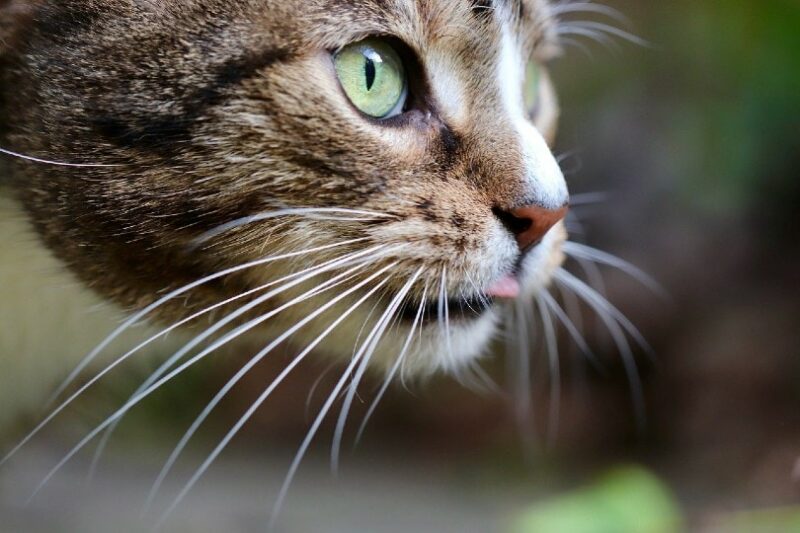Have you ever wondered what the purpose of a cat’s whiskers is? Do they actually serve the cat, or are they just there to make the cat look adorable? While they definitely do make your cat look cute, whiskers serve a few specific functions that have helped cats survive for centuries.
Even domesticated cats use their whiskers to help them navigate their daily lives. The average cat has a total of 24 whiskers on the cheeks, 6-10 whiskers above their eyes, a few whiskers on their cheeks, and another 12-16 whiskers on their forelegs. Read on to find out if this number changes based on different factors.

How Many Whiskers Do Cats Have?
The average cat has 24 whiskers on the cheeks. They are arranged in four rows, with 12 whiskers on each cheek. If you included the whiskers above your cat’s eyes and on their front paws, it would be safe to say that cats have anywhere from 48 to 56 whiskers. While 24 whiskers are the average number found on a cat’s cheeks, it isn’t a definitive number and can vary from cat to cat.
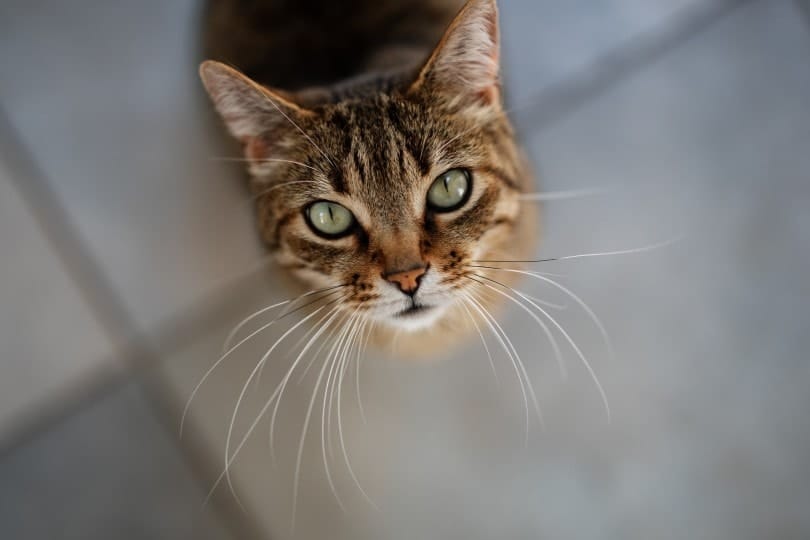
Whiskers and Their Purpose
Whiskers are not the same as the rest of the fur on a cat’s body. Cat whiskers are thick, and the roots are planted deeper within the skin than their fur. They have a coarser texture and are more durable and sensitive. Some people don’t even realize that their cat’s whiskers contain nerves and blood vessels.
They provide cats with another way to feel the world around them, similar to how we use our fingertips. There are several ways for a cat to use their whiskers, but they mainly use them during their day-to-day functions and for navigating safely.
Reflexes
A cat’s whiskers are attached to a sensory receptor called the proprioceptor. This receptor communicates with a cat’s brain and helps them become more aware of their body and its movements. Whiskers are partially responsible for a cat’s quick reflexes.
Spatial Cues
Felines also use their whiskers for spatial recognition. The length of a cat’s cheek whiskers is roughly the same as the width of a cat’s body. When you see a cat squeezing through a tight space, your feline friend is relying heavily on their whiskers to determine if they can fit inside that space. If their whiskers fit without bending, it’s a good sign that they can squeeze through the small opening.
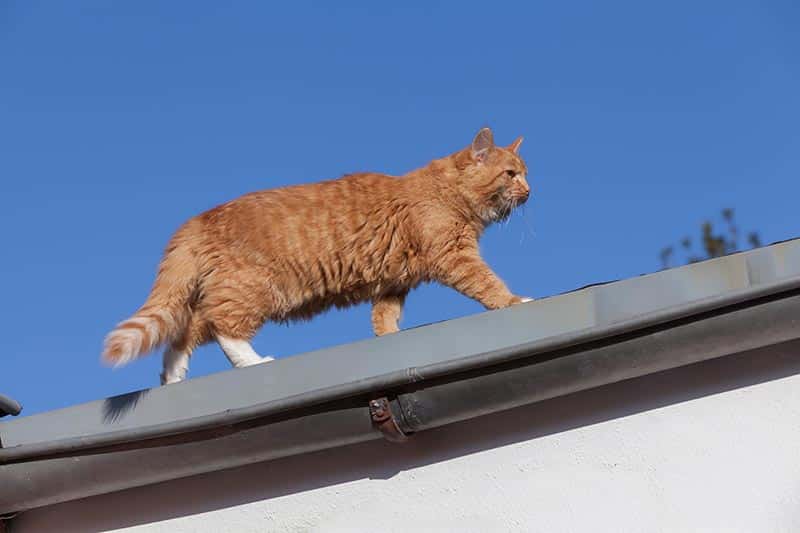
Protection
It isn’t the whiskers themselves that have nerves. Instead, the roots do, and even the slightest movement or vibration can communicate information to your cat. That’s why your cat shakes their head whenever a small piece of debris lands on them. Whiskers are very sensitive and protect cats from entering areas that could cause damage to their eyes and other body parts.
Expressing Emotions
Believe it or not, whiskers can move in a way that communicates how your cat is feeling. When the whiskers are relaxed, it signals that they, too, are relaxed. However, if they are very straight and pointed out, it could mean that they are feeling curious or alert. Agitated cats might even pull their whiskers back towards their face.
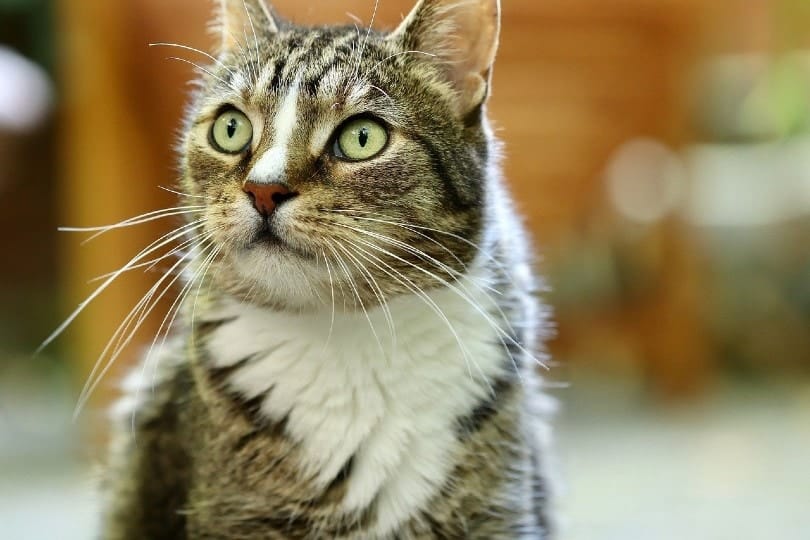
Should You Trim a Cat’s Whiskers?
Whiskers serve many essential functions and should never be pulled or trimmed. Cat whiskers fall out from time to time, but it isn’t anything abnormal. Plus, they usually grow back on their own. The worst thing you could do is cut your cat’s whiskers because it would take away one of their primary senses.
Final Thoughts
Whiskers are small and cute, but they aren’t just there for looks. Cat whiskers serve important functions and have been a crucial part of their survival and evolution. Although they fall out and are replaced by new whiskers, you shouldn’t trim them, and it’s vital to be gentle around your cat’s whiskers when you’re petting them.
See Also:
- Longest Cat Whiskers in the World: Record Holders
- Are There Cats Without Whiskers? Vet Reviewed Facts & FAQ
Featured Image Credit: Annette Meyer, Pixabay

